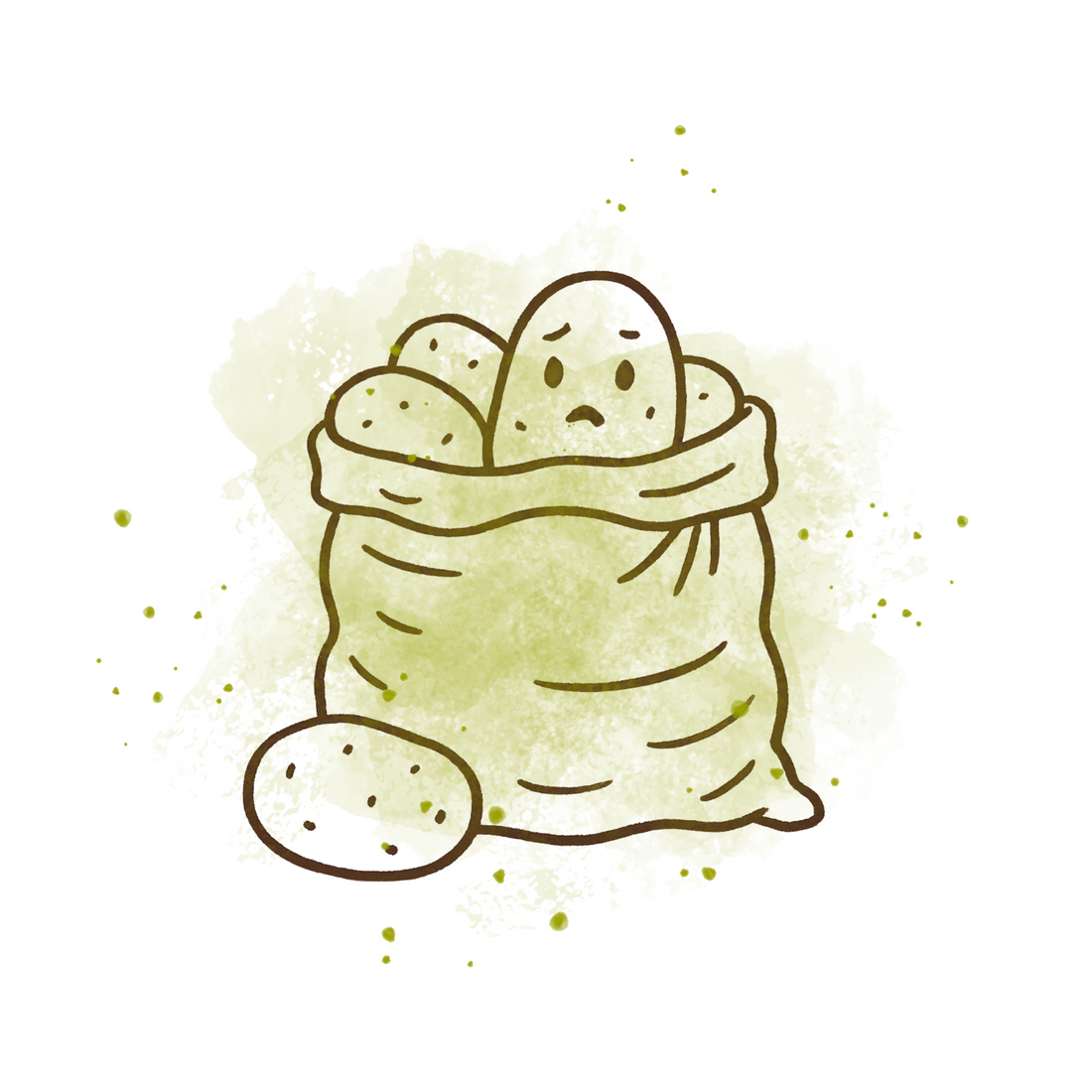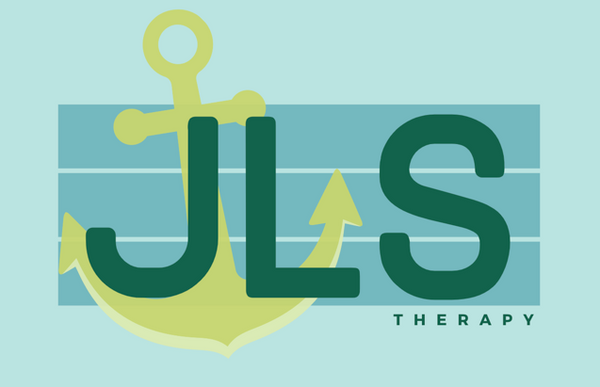
Doing The Thing, Even When You Feel Like a Potato
So, you’ve got things to do. Real things. Important things. And absolutely no juice to do them. Your brain is throwing up resistance, your body’s heavy with inertia, and time keeps moving forward without your participation.
Welcome to the club. It’s cozy in here. You can lie down if you want. Grab a blanket and let’s have a little chat about how to get things done when the usual strategies feel like a joke.
Let’s Start Here: Motivation Doesn’t Come First
One of the biggest myths we’re sold (especially as neurodivergent folks) is that motivation arrives before action. That if we just wait until we feel “ready,” we’ll rise and shine like a productivity unicorn.
That’s not how it works.
Motivation, especially for neurodivergent nervous systems, often trails behind action. You don’t wait to feel ready. You slide into motion, even if it’s awkward and half-hearted, like a greased potato on a tilted cutting board.
This is where the ICNUP framework comes in. Clients of mine may know it as ICNU, but the P deserves a spot, too.
ICNUP: The Motivation Levers
Interest. Challenge. Novelty. Urgency. Passion. These are the five levers that can activate a stuck or unmotivated nervous system.
You can’t will yourself into caring, but you can tinker with the conditions. Ask yourself:
Can I make this more interesting?
More novel?
Do I need a challenge, or a low-stakes time crunch?
Could I pair this with something I’m passionate about, even tangentially?
Take the dishes. (I know. My clients are rolling their eyes already.)
Are dishes interesting? Not usually.
Challenging? Not really, unless you’re tackling baked-on lasagna with a giddy determination.
Novel? Definitely not the thousandth time. Probably when you were four?
Passion? Rare, unless dishwashing is your special interest (and if so, my sink is open to you).
Urgency? This is the most common one. ND folks often don’t act until it feels urgent. Think: fruit flies, no clean mugs, boyfriend’s mom en route.
The trick is not to wait for urgency to kick in. Instead, you can shift the task to activate a lever: like playing a podcast you only listen to during dishes, calling a friend while you clean, or using a soap scent your brain finds delightful.
If none of the ICNUP levers are engaged, that task may stay impossible. But even one tiny shift... one degree of interest or urgency.. can create traction!
Avoiding the All-Or-Nothing Trap
Now here’s where a lot of us get stuck: we finally get that little spark of motivation, and immediately pressure ourselves to go all in. Do it perfectly. Finish the whole task. Clean the entire kitchen. Write the entire paper. Organize the entire closet.
All-or-nothing thinking is a trap!! Especially for us neurosparkly folks. “If I can’t do it all, I won’t bother.” But this binary lens keeps us frozen.
Instead: aim for some. Or something.
A few dishes. One sentence. Five minutes of effort. This isn’t lowering the bar. It’s right-sizing it for the nervous system you actually have. Some or something is not only more realistic, it’s more sustainable. It gently widens your window of tolerance instead of throwing you out of it.
One of my favourite strategies here is what I call the five-minute lie: tell yourself you’re only going to do five minutes of The Thing. Often, that’s enough to crack the seal. Sometimes you’ll keep going. Sometimes you won’t. Either way? The gears are looser than they were. That's movement!
The Stoplight Method
Here’s another tool I love for breaking out of all-or-nothing mode: the stoplight method.
Look at your to-do list and pick The Thing that’s haunting you. Now, instead of seeing it as one binary task (done/not done), break it down using Red, Yellow, and Green—not in terms of urgency, but in terms of readiness.
Red: “Nope. Too hard today.”
Yellow: “Some part of this might be possible.”
Green: “I could do the whole thing today.”
You’re not judging yourself—you’re mapping possibilities based on your current state.
Let’s bring back our old friend, the dishes.
Green day: You clear the whole sink, wipe down the counters, maybe even put things away. It feels doable.
Yellow day: You scan for what’s most needed—maybe wash a few spoons, mugs, or the blender so breakfast can happen tomorrow. Five minutes max.
Red day: You stack dishes to make space in the sink. That’s it. No cleaning, just prepping for when you can.
What matters most is that you define what red, yellow, and green look like. And you decide, honestly, where you are today. That’s your map.
Bonus: sometimes doing the yellow or red thing revs the engine just enough to sneak into green. If it does? Great. If it doesn’t? Still great. You did something.
Embracing the Wobbly Toddler
And then, there’s the wobble.
Grown-ups really hate being bad at stuff. We want to be competent out of the gate. But when you’re trying something new, like shifting how you approach task initiation, breaking out of perfectionism, or building a new routine... you will feel like a wobbly toddler.
And that’s okay.
That’s not failure. It’s learning. Your nervous system is building new pathways. Let it be clumsy. Let it be weird. Let it take time. You have permission to wobble.
You Don’t Have to Do It Alone
Finally, remember that momentum doesn’t have to come from inside you. Sometimes, the best way forward is borrowed co-regulation - a support person, a visit, a body double, a call with a friend while you both fold laundry.
This is not weakness. It’s nervous system strategy. Let someone sit beside you, even virtually, while you take the edge off the task.
If you’ve made it this far, maybe today is a yellow-light day. Maybe this post is your five-minute lie. Or maybe you bookmark it for another time.
Either way, you’re still here. You’re still trying. That matters more than you know.
And hey! Did I mention I’m proud of you?
